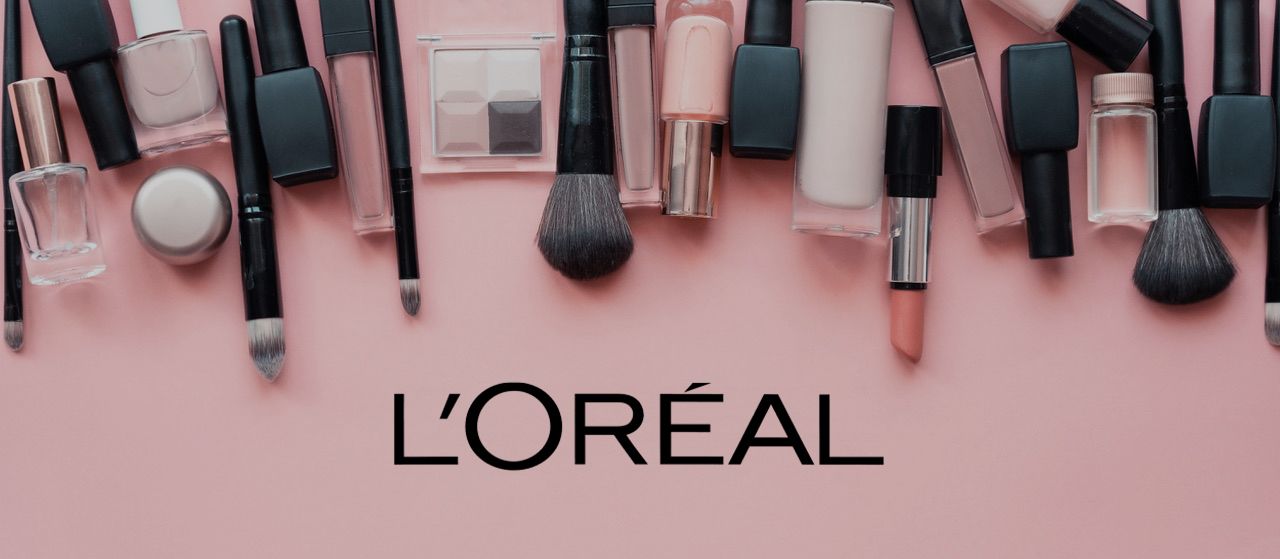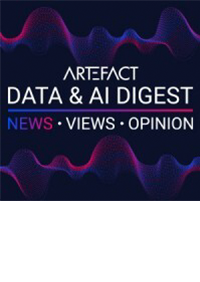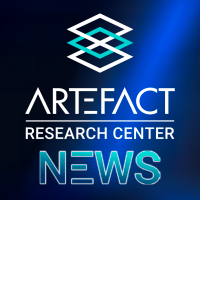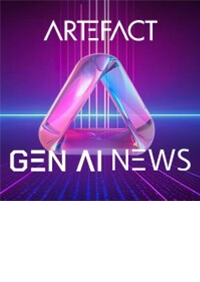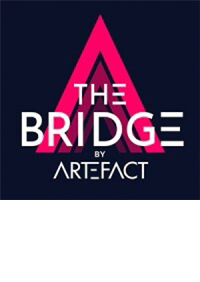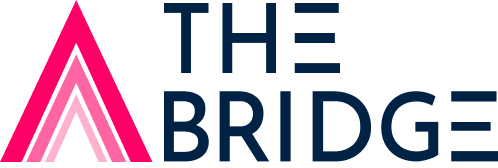Charles Besson, Global Social Insights & AI Director at L’Oréal, and Fabrice Henry, Managing Partner at Artefact, discuss how L’Oréal Trend Detection, deployed with Artefact’s AI trend detection solution, is predicting what cosmetics products consumers are going to want tomorrow.
Challenge for L’Oréal: predicting new trends before the competition
L’Oréal is the world’s leading beauty company, present in 150 countries, offering a rich portfolio of iconic brands for every type of consumer. The company’s socially responsible programme, Sharing Beauty With Al, is dedicated to shaping the future of beauty through major, sustainable product innovations.
says Charles Besson, Global Social Insights & AI Director at L’Oréal.
L’Oréal has great tools for product innovation: a Prospective Consumer Intelligence department, a Digital department, an IT department. Their latest programme, the L’Oréal Beauty Tech accelerator, enables the company to select the most promising innovative products for incubation and acceleration. But how to make L’Oréal the world’s number one beauty tech company? Charles wondered:
After consulting with several other companies, he chose Artefact to build his dream machine.
L’Oréal Solution: a co-creation that can forecast emerging consumer trends
L’Oréal’s ambitious project needed to go a step further with AI technology, in comparison with traditional market research models. That’s where Artefact leveraged its advanced expertise in digital marketing and data science to help L’Oréal detect and predict new trends emerging in the digital space. Because discovering what consumers want – almost before they know they want it – is the Holy Grail every marketer seeks.
Developing an innovative and reliable trend prediction solution was both exciting and challenging for the project team. As soon as they started brainstorming, they realised that tracking influencers wasn’t the answer.
explains Fabrice Henry, Managing Partner at Artefact.
So we went deeper, and asked upstream questions to find out where trends originate and how they propagate. Once a trend is born, how does it spread? Does it spread differently according to geography or community? What are the big sources – YouTube, blogs, Instagram, Facebook, etc. – from which data can be extracted in order to train algorithms?
The project co-created by L’Oréal and Artefact was based on three key success factors: co-development of an employee-centric solution, validation of the solution via an MVP (Minimum Viable Product) prior to scaling, and strong collaboration based on trust – a vital element when sharing sensitive information with your partners.
Results of the L’Oréal Trend Detection’s project
This project is a predictive intelligence machine with three main components:
 CLIENT CASES
CLIENT CASES